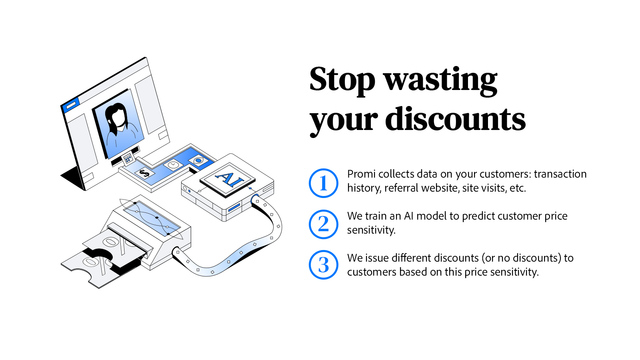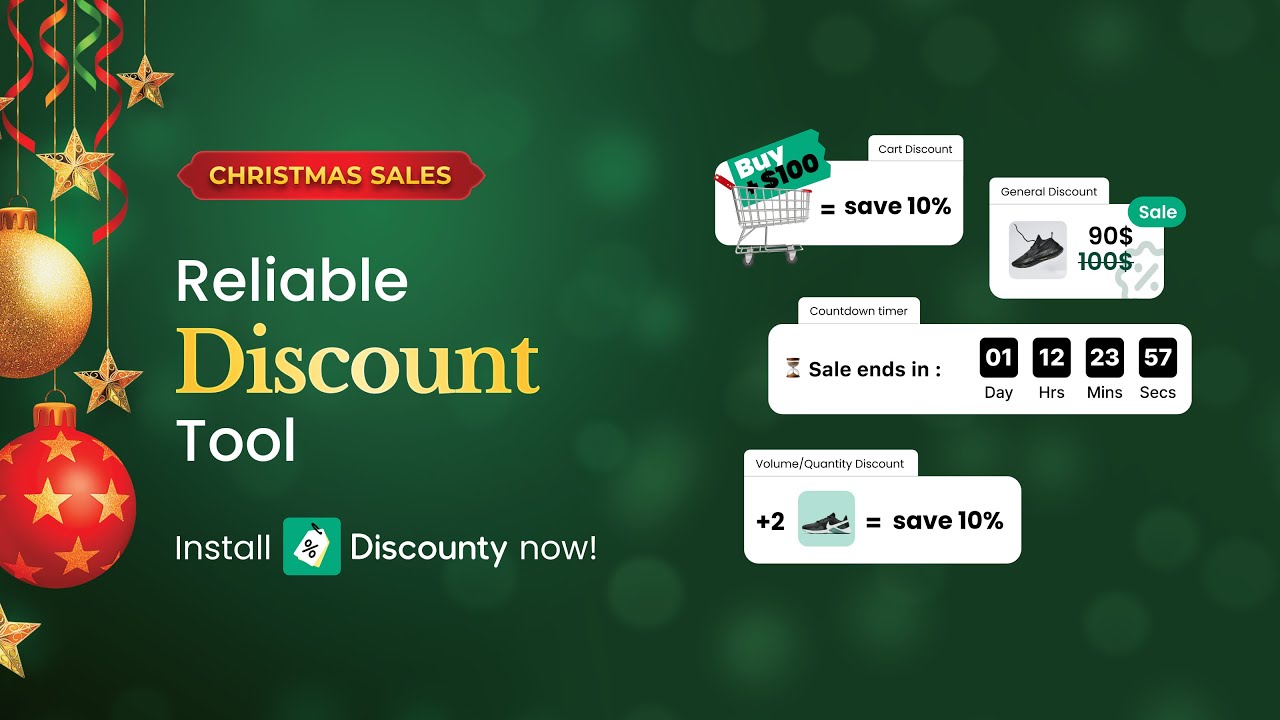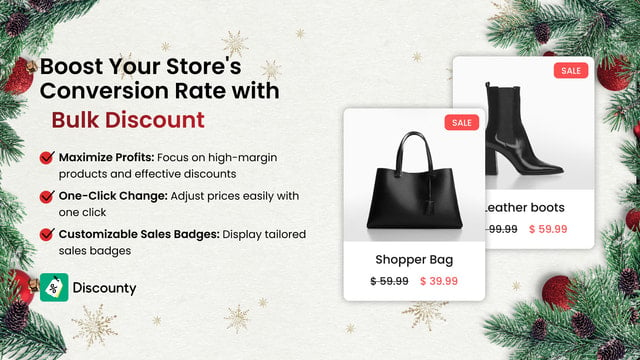Shopify is a leading e-commerce platform that enables businesses to sell products across multiple channels. The platform's multi-channel selling capabilities are a key feature that distinguishes it from other e-commerce solutions. This glossary entry will delve into the intricacies of Shopify's multi-channel selling, providing an in-depth understanding of how it works, its benefits, and how to effectively utilize it for business growth.
Multi-channel selling refers to the practice of selling products on more than one sales channel. It's about meeting your customers where they are, whether that's on a traditional online store, social media platforms, online marketplaces, or even in person. Shopify's multi-channel selling capabilities allow businesses to manage all their sales channels from a single platform, simplifying the process of selling products online.
Understanding Shopify's Multi-Channel Selling
Shopify's multi-channel selling is designed to provide businesses with the flexibility to sell wherever their customers are. The platform integrates with a variety of sales channels, including online marketplaces, social media platforms, and brick-and-mortar stores. This integration allows businesses to manage all their sales channels from a single dashboard, making it easier to track inventory, manage orders, and analyze sales data.
One of the key benefits of Shopify's multi-channel selling is that it provides a unified customer experience. Regardless of where a customer chooses to shop, they will have a consistent experience with your brand. This is because all your sales channels are connected, allowing you to provide a seamless shopping experience across all platforms.
Integration with Online Marketplaces
Shopify integrates with a variety of online marketplaces, including Amazon, eBay, and Etsy. This allows businesses to list their products on these platforms directly from their Shopify dashboard. The integration also enables businesses to manage their inventory and orders on these platforms from Shopify, eliminating the need to switch between different platforms.
By selling on online marketplaces, businesses can reach a wider audience. These platforms have millions of active users, providing businesses with the opportunity to increase their customer base. Additionally, selling on online marketplaces can boost a business's credibility, as these platforms are trusted by consumers.
Integration with Social Media Platforms
Shopify also integrates with various social media platforms, including Facebook, Instagram, and Pinterest. This integration allows businesses to sell their products directly on these platforms, turning their social media profiles into online stores. Customers can browse and buy products without leaving the social media platform, providing a seamless shopping experience.
Selling on social media platforms can help businesses increase their sales. Social media platforms are a popular place for consumers to discover new products, and by selling directly on these platforms, businesses can capitalize on this trend. Additionally, social media platforms provide businesses with the opportunity to engage with their customers, building relationships that can lead to increased sales.
Benefits of Shopify's Multi-Channel Selling
There are several benefits to using Shopify's multi-channel selling. Firstly, it can help businesses increase their sales. By selling on multiple channels, businesses can reach a wider audience, increasing their chances of making a sale. Additionally, multi-channel selling can help businesses diversify their revenue streams, reducing their reliance on a single sales channel.
Secondly, Shopify's multi-channel selling can improve customer satisfaction. By providing a consistent shopping experience across all channels, businesses can build trust with their customers. This can lead to increased customer loyalty, which can in turn lead to repeat purchases.
Increased Sales
One of the main benefits of Shopify's multi-channel selling is that it can help businesses increase their sales. By selling on multiple channels, businesses can reach a wider audience. This can increase the number of potential customers, increasing the chances of making a sale.
Additionally, multi-channel selling can help businesses diversify their revenue streams. By selling on different channels, businesses can reduce their reliance on a single sales channel. This can make a business more resilient, as it is not overly dependent on one source of income.
Improved Customer Satisfaction
Another benefit of Shopify's multi-channel selling is that it can improve customer satisfaction. By providing a consistent shopping experience across all channels, businesses can build trust with their customers. This can lead to increased customer loyalty, which can in turn lead to repeat purchases.
Furthermore, by selling on multiple channels, businesses can meet their customers where they are. This can make shopping more convenient for customers, which can improve their shopping experience and increase their satisfaction.
Implementing Shopify's Multi-Channel Selling
Implementing Shopify's multi-channel selling involves setting up your sales channels, integrating them with Shopify, and managing them from your Shopify dashboard. The process can be complex, but Shopify provides a variety of resources to help businesses get started.
Before implementing multi-channel selling, it's important to understand your target audience and where they shop. This can help you choose the right sales channels for your business. Additionally, it's important to have a clear strategy for managing your sales channels, as this can help you maximize your sales and provide a consistent customer experience.
Setting Up Your Sales Channels
Setting up your sales channels involves choosing the right channels for your business and setting up your online store on these channels. This can involve creating a profile, listing your products, and setting up your payment and shipping options. It's important to ensure that your online store is optimized for each channel, as this can affect your visibility and sales.
When choosing your sales channels, it's important to consider your target audience and where they shop. For example, if your target audience is young and tech-savvy, you might want to consider selling on social media platforms. On the other hand, if your target audience is older and prefers shopping on established platforms, you might want to consider selling on online marketplaces.
Integrating Your Sales Channels with Shopify
Once you've set up your sales channels, the next step is to integrate them with Shopify. This involves connecting your sales channels to your Shopify account, allowing you to manage all your sales channels from a single dashboard. Shopify provides a variety of integrations for different sales channels, making it easy to connect your sales channels to your Shopify account.
After integrating your sales channels with Shopify, you can manage your inventory, orders, and sales data from your Shopify dashboard. This can make it easier to manage your online store, as you don't have to switch between different platforms. Additionally, Shopify's integrations can provide you with valuable insights into your sales performance, helping you make informed decisions about your business.
Conclusion
Shopify's multi-channel selling is a powerful tool that can help businesses increase their sales and improve customer satisfaction. By selling on multiple channels, businesses can reach a wider audience, diversify their revenue streams, and provide a consistent shopping experience. However, implementing multi-channel selling requires a clear strategy and understanding of your target audience.
Whether you're a small business owner looking to expand your online presence or a large retailer looking to streamline your operations, Shopify's multi-channel selling can provide you with the tools you need to succeed in the competitive world of e-commerce. With its robust integrations and user-friendly dashboard, Shopify makes it easy to manage your sales channels and grow your business.
Ready to take your Shopify multi-channel selling to the next level? Let Owlfred, your wise companion from OwlMix, guide you to the perfect tools for success. With our extensive directory of Shopify apps, you can enhance every aspect of your online business, from advertising to inventory management. Don't miss out on the opportunity to optimize your store and reach a wider audience. Find your next Shopify app today and watch your e-commerce venture soar with Owlmix!

















